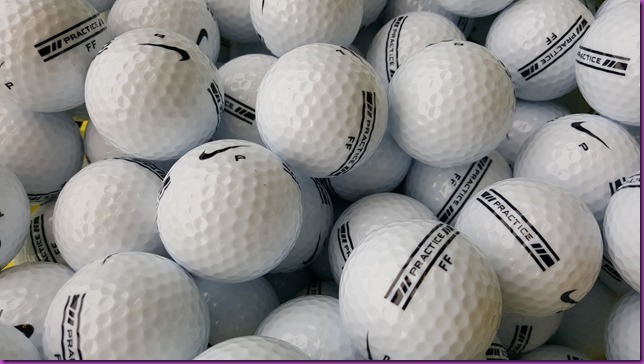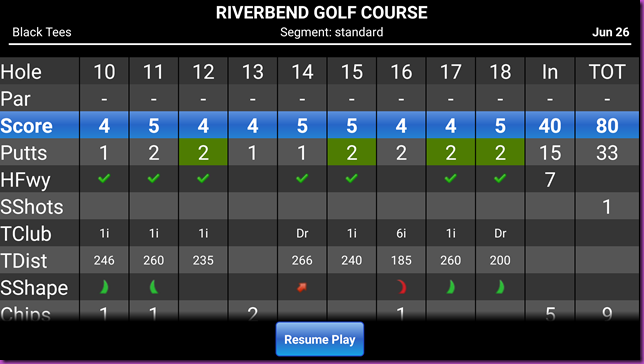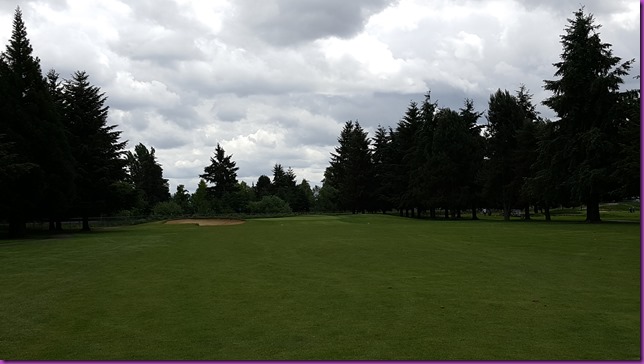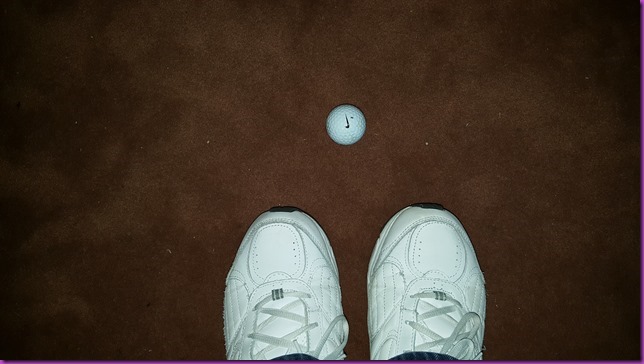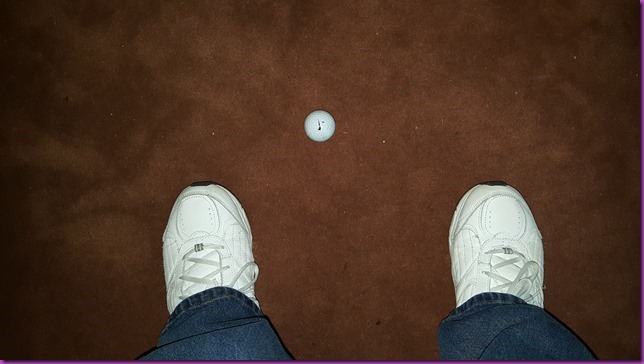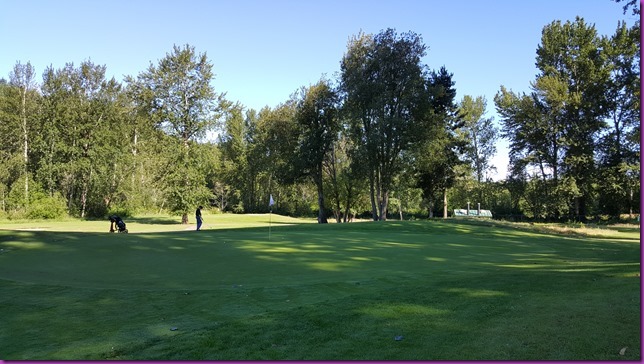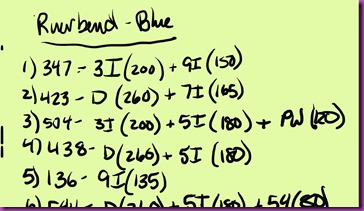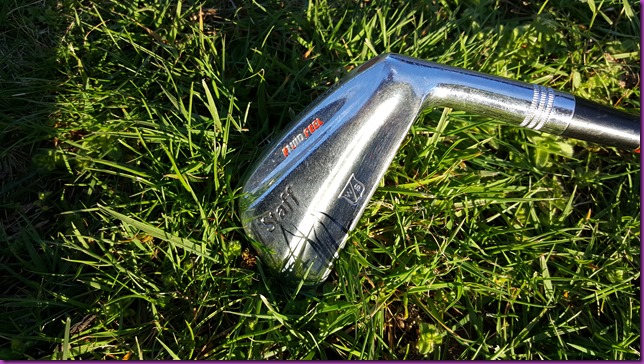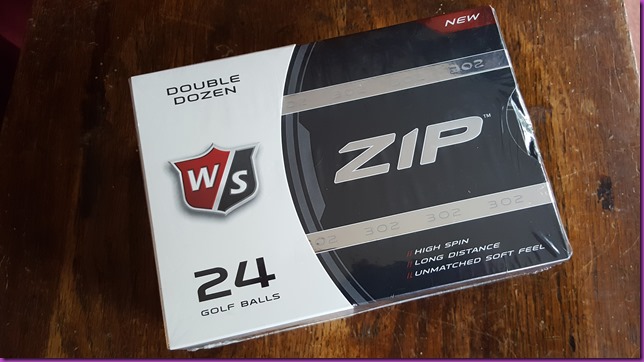My recent round that I played at a long time favorite course from a longer set of tees made me realize something I had always known, I stink on the back 9 there. I have three holes on the front that give me a few problems, but for the most part, scooting around the front in the 30’s is a pretty easy task for me. The backside, well, that’s a different story. From errant tee shots to strange club selections on the par 3’s, the back 9 at Riverbend has just been one I could never figure out, until this week.
I sat down and looked at how I played the course on Sunday and found that I was hitting full shots into the greens, which is something that I never get to do when playing from the blue tees or white tees. I was hitting good drives into areas that normally found trouble from the shorter tees, but were finding fairways and openings from the backs. Given the circumstances that the round was played under, I wouldn’t be surprised if I shot a 75 from there the next round out. In fact, I’m almost willing to bet that I will. Thinking about this made me start looking at some course numbers for the various places I play and the results were stunning.
It’s just not a good scenario to put yourself into when your 50 yard and under game isn’t 1000% accurate.
Starting with Riverbend, since I’ve played there a half dozen times this year and from all three tee boxes, When I played my old style of grip-it and rip-it golf, I was only leaving myself 2-5 approach shots per round that were full clubs into a green. Most of them were 1/2 lob wedges or less into those short par 4’s. 2 of the full shots were long irons into par 5’s to reach them in two. Obviously, if my game was “on” then this isn’t an issue, but instead of being able to attack the hole with a solid 90 yard approach shot, the majority of the time I was having to play an almost impossible shot over something or trying to stick a shot into a tiny gap on the green, next to the flag. It’s just not a good scenario to put yourself into when your 50 yard and under game isn’t 1000% accurate. More often than not, these finesse shots end up in a greenside bunker or the rough next to the green.
I was beating myself before I even teed off due to the fact that I didn’t have the approach shots I needed for that course in my bag when I played it.
Looking at High Cedars, I found a similar situation. I played the front tees there since, “everybody else was,” but it left me all sorts of half clubs and 5 yard off yardages instead of jumping back 20-30 yards and having something full to hit into the greens. Maplewood only confirmed my information when I checked my ‘typical yardages’ there as well. I was beating myself before I even teed off due to the fact that I didn’t have the approach shots I needed for that course in my bag when I played it.
This led me to develop the 5 ball drill. It’s based on most driving ranges “large buckets” or in my case, about 164 balls. I took a look at the yardages and my “typical shot” that I would hit there and wrote it out. From there, each time I hit a club, I would get 5 balls from the bucket at my driving range. When I ran this little numbers look for the white tees at Riverbend, I got the following results:
Club Selection: D (14) - 1I (0) - 3I (1) - 4I (1) - 5I (1) - 6I (1) - 7I (1) - 8I (1) - 9I (0) - PW (1) - 54 (1) - 58 (10) = 32
Five Ball Drill - D=70, 1=0, 3=5, 4=5, 5=5, 6=5, 7=5, 8=5,. 9=0, PW=5, 54=5, 58=50 = 175 balls – 1 ball per group
Ultimately, you just want to groove that 25, 50, 75 or 100 yard shot that you will need to have in your bag for that next round.
This gives me the practice shots I need to get down for that course that week. If you need to work on 50 yard shots with your lob wedge, then work that into the 50 balls you have allocated for that club. In fact, going a step further with this would be to use the 5 balls that you calculated needed the club for to hit the shot you needed for that hole. You can go even further by using the ‘playing the hole’ idea that I often reference in previous practice posts. Ultimately, you just want to groove that 25, 50, 75 or 100 yard shot that you will need to have in your bag for that next round.
Before you go out and spend a ton of money on yardage measuring devices, new clubs and of course any training aids, make sure you aren’t spinning your wheels somewhere else. They have always said that the putter and wedges are where pro’s make their money, but it’s really that 60% wedge that sticks two fee from the hole that they are talking about. Find the shots that are giving you the hardest time on the course and practice those until they are stronger than they need to be. Your scorecard will thank you.

